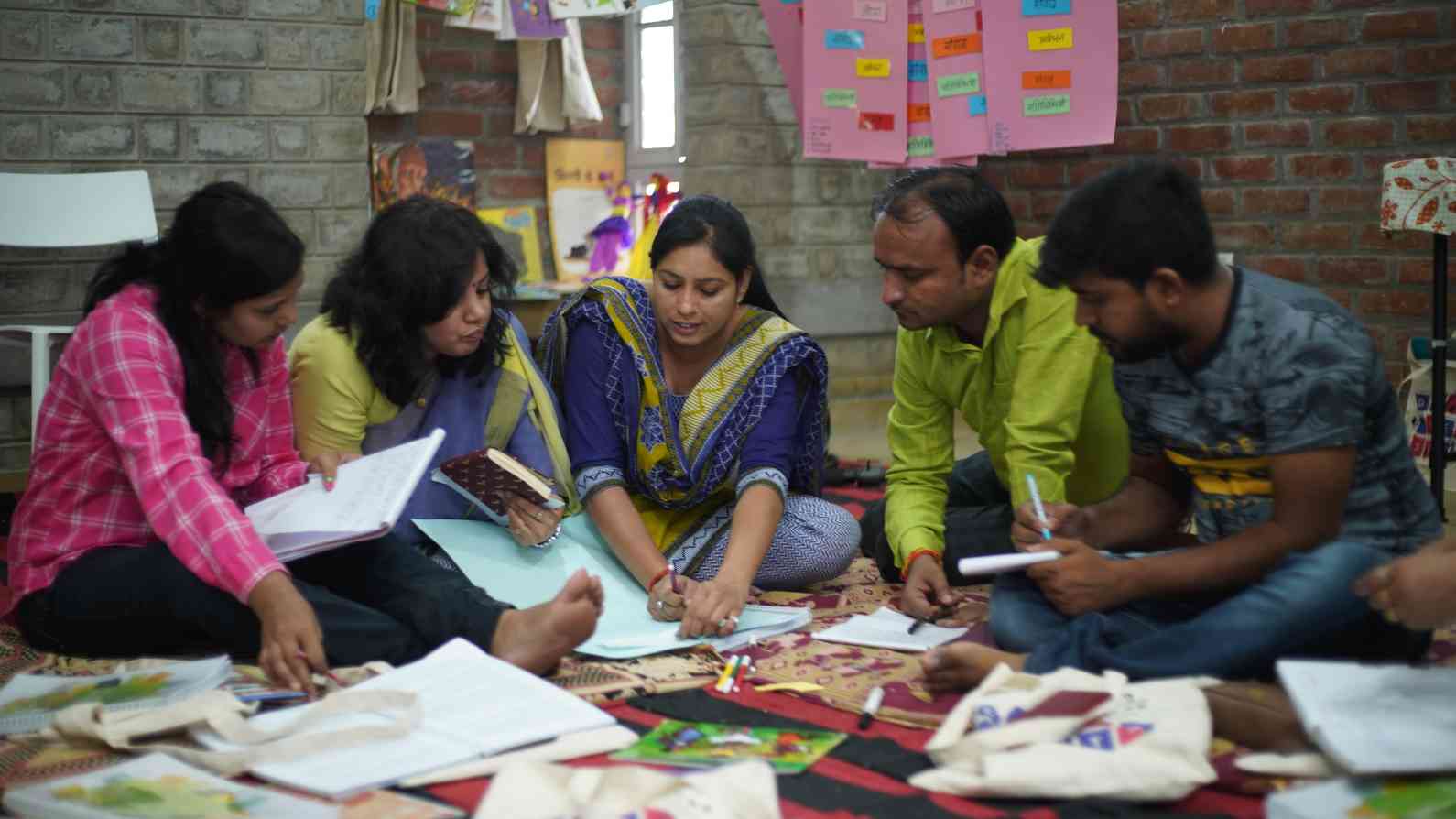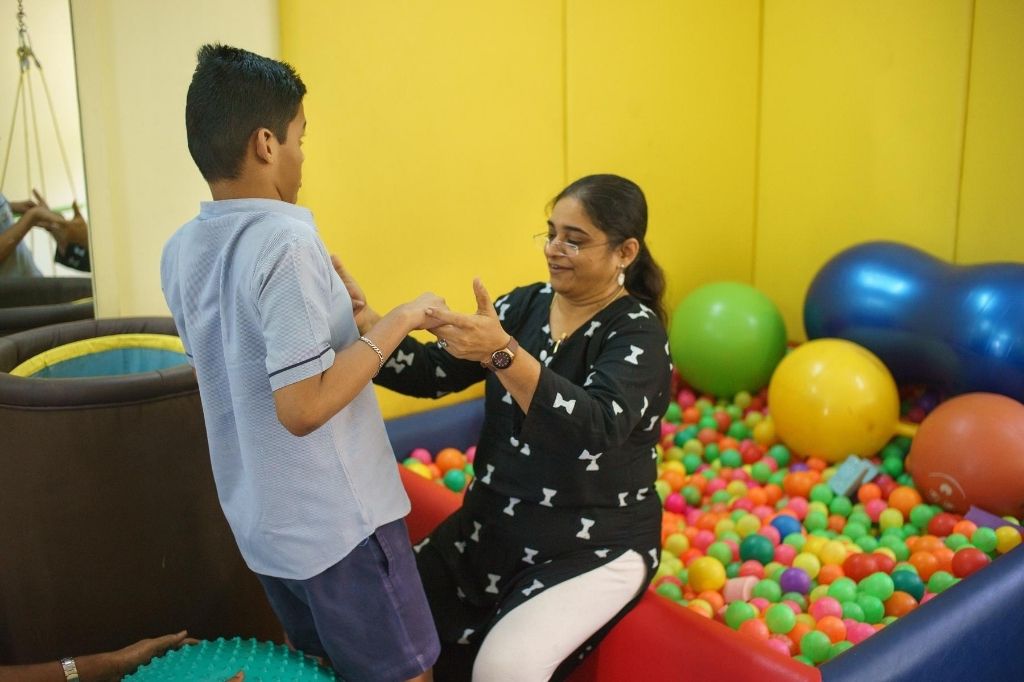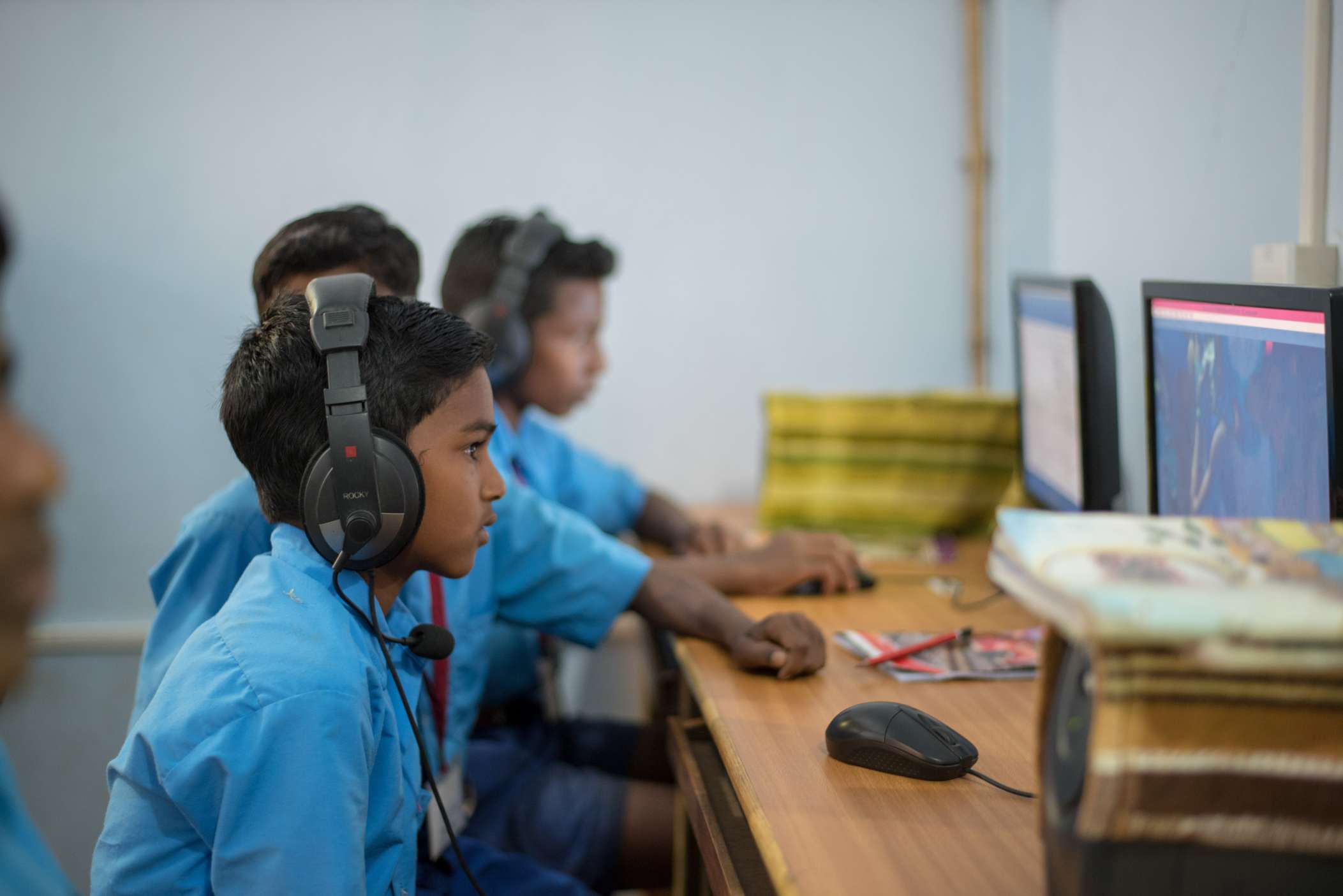Over the last few months, there has been a significant amount of discussion on how the pandemic has impacted the education of children across the country. The focus has been predominantly on students and parents, and how EdTech can be made more accessible and engaging. Missing from many of these conversations however, has been the impact on teachers—many of whom lack the resources and are untrained in coping with the present challenge.
According to research from UNESCO, an estimated 2.7 million teachers in India have been impacted by pandemic-related school closures and require training in adapting to new styles of teaching. With many of these teacher training sessions being forced to move online, there are a number of emerging challenges and concerns, ranging from the lack of availability of smartphones, low internet bandwidth, discomfort with a new format, and most importantly, the disengagement of teachers during training.
Related article: NEP 2020: Hits and misses

At Tata Trusts, we were compelled to go virtual as well, with our Library Educators Course (LEC)—a seven-month long professional development course for teachers, educators, and librarians to build skills and understanding around children’s literature and for running vibrant school libraries. During the course, we conduct three in-person sessions and for the rest of the time, participant have to engage with readings, complete assignments, participate in online discussions, and undertake a field project with the support of a mentor.
When the COVID-19 crisis hit us in March, we had already completed the first round of in-person training, but were unable to conduct the second contact session scheduled for May 2020. Initially, there was much reluctance among our own faculty—including me—to move online. Would the quality of the course suffer? How would we know if participants were engaging, understanding, and connecting with the sessions? In spite of struggling with these (and many other questions) we decided to take the plunge. Here are some of the things we learnt while doing teacher trainings online.
Before offering online content, it is important to understand your audience. This includes their access to technology and the online course material, ability to absorb content, and willingness to participate in a new form of learning. In our case, we first confirmed that all participants had access to internet connections and smartphones and would be able to attend online sessions.
It is important to keep adequate gaps between sessions so that participants are not overwhelmed and have enough time to engage with the material.
More than half of our participants were government teachers who had been assigned different duties, so the next thing we did was to identify time slots that were suitable for the entire cohort. Once this was done, a detailed timetable was drawn up and shared with the participants well in advance, so that they were prepared, and could plan for the scheduled sessions.
Additionally, it is important to keep adequate gaps between sessions—one week or ten days—so that participants are not overwhelmed and have enough time to engage with the material.

One of the first things to do in preparation for online training is map out the content that you plan to offer and understand what content lends itself to an online format. For instance, getting teachers to reflect on their understanding of children’s books, identifying stereotypes, and looking at illustrations, could be done virtually. On the other hand, activities such as treasure hunts where participants are given clues to identify books and build familiarity with the library collection, would simply not work remotely. Through a process of elimination and deep discussion, we drew up a list of six sessions that could be facilitated online by resource persons and a few that could be taken through an online discussion platform (Moodle).
Once this is done, it is also important to make sure that the resource persons prepare extensively for an online session, because it is new for them too.

Initially, there was much reluctance among our own faculty—including me—to move online. Would the quality of the course suffer? | Picture courtesy: Tata Trusts
Soon we realised that the offline session designs would have to be tweaked or changed to suit the online format and its limitations. One of our main concerns was that with a cohort of 35 participants it would be impossible to monitor individual engagement during large group sessions on Zoom. Therefore, instead of one large session, we decided to break it up into smaller group sessions with mentors. Based on the activities conducted in these smaller sessions, we would then have larger group discussions. Doing this ensured that each teacher was able to contribute in the smaller groups, and the facilitators were better able to monitor and encourage participation.
Another thing to keep in mind is budgeting adequate time for creating and sharing online resources. For example, in many of our in-person sessions, we would hand out physical copies of children’s books to the participants for certain activities. Since this could not be done remotely, we had to share online copies of the books. But before doing this, we had to seek permission from publishers, scan many of the books, and then share them—all of which required more time.
Many teachers are navigating online spaces and virtual discussions for the first time, and it is important for faculty to support them through this process. At LEC, we found it helpful to allocate mentors to groups of three to five participants. Mentors ensured that everyone participated to some degree in small groups discussions and the task at hand.
We observed that mentoring time increased three times during online sessions.
In fact, we observed that mentoring time increased three times during online sessions, i.e., instead of spending 60 minutes with mentors, participants would now spend 180 minutes with them.
We also learnt that online sessions usually take longer to complete; hence one must be prepared to give participants extra time. This increases the workload of faculty and trainers and it is important to have gaps in between sessions to give time for preparation.
A lot of material was shared with participants through WhatsApp on a weekly basis and participants could reach mentors with queries at any time. Even during large group sessions, mentors would send texts, check on participants, ensure they were following the session, and ask them if they had any queries. Post the session, doubts, if any, were cleared.
We also sought regular feedback from the participants on the session design. Then, mentors and faculty met after each online session to critically review what had worked, what hadn’t worked, which topics were left out, and what could be improved in the next session.
Related articles: Teachers vs tech
During our in-person sessions, we would also assess the teachers’ participation. Since this was not possible in large group sessions online, we decided to assess their engagement in small group sessions with mentors instead. We designed short quizzes to assess their understanding of sessions. Since practical work was not possible for participants, faculty worked with them to reimagine field projects in the absence of access to classrooms and children.
This is not to say that teacher training online doesn’t have other challenges. In spite of the steps we took, there were many gaps we identified along the way, and areas to improve upon in subsequent sessions.
As faculty, we were not able to immediately gauge the energy level of the group as a whole, or quickly spot the less engaged ones. For participants also, learning online is new and not everyone was able to participate equally—the more confident participants tended to dominate the conversations while the more quiet ones tended to stay in the background, despite gentle nudging.
Similarly, it is difficult to command the full attention of participants in a virtual space, where many other distractions may crop up. For example, we noticed that a few government teachers were logging into two or more online sessions at the same time—our courses, as well as the meetings that had been scheduled by their respective government departments.
Meaningful online engagement requires committed people, constant innovation, and continuous communication.
The online platforms available at present are not designed to be highly interactive. While some have the option of polls and breakout rooms, they are not entirely useful and may not always fit your session plan.
Lastly, both faculty and participants missed the continuous engagement that a residential course offers—with both staying at the same venue and conversation flowing even after sessions had ended.
Despite these limitations and by adapting some of the measures listed above, we found that 50 percent of the participants engaged actively, while 80 percent engaged to varying degrees. The experience of online teacher training made us realise that while online sessions cannot fully replace face to face sessions, they can supplement and support them. However, our biggest learning is that meaningful online engagement requires committed people, constant innovation, and continuous communication.
—
Know more
- Explore a list of digital learning solutions for both students and teachers, curated by UNESCO.
- Read the account of a teacher who shares some of the challenges she faces while teaching online.




